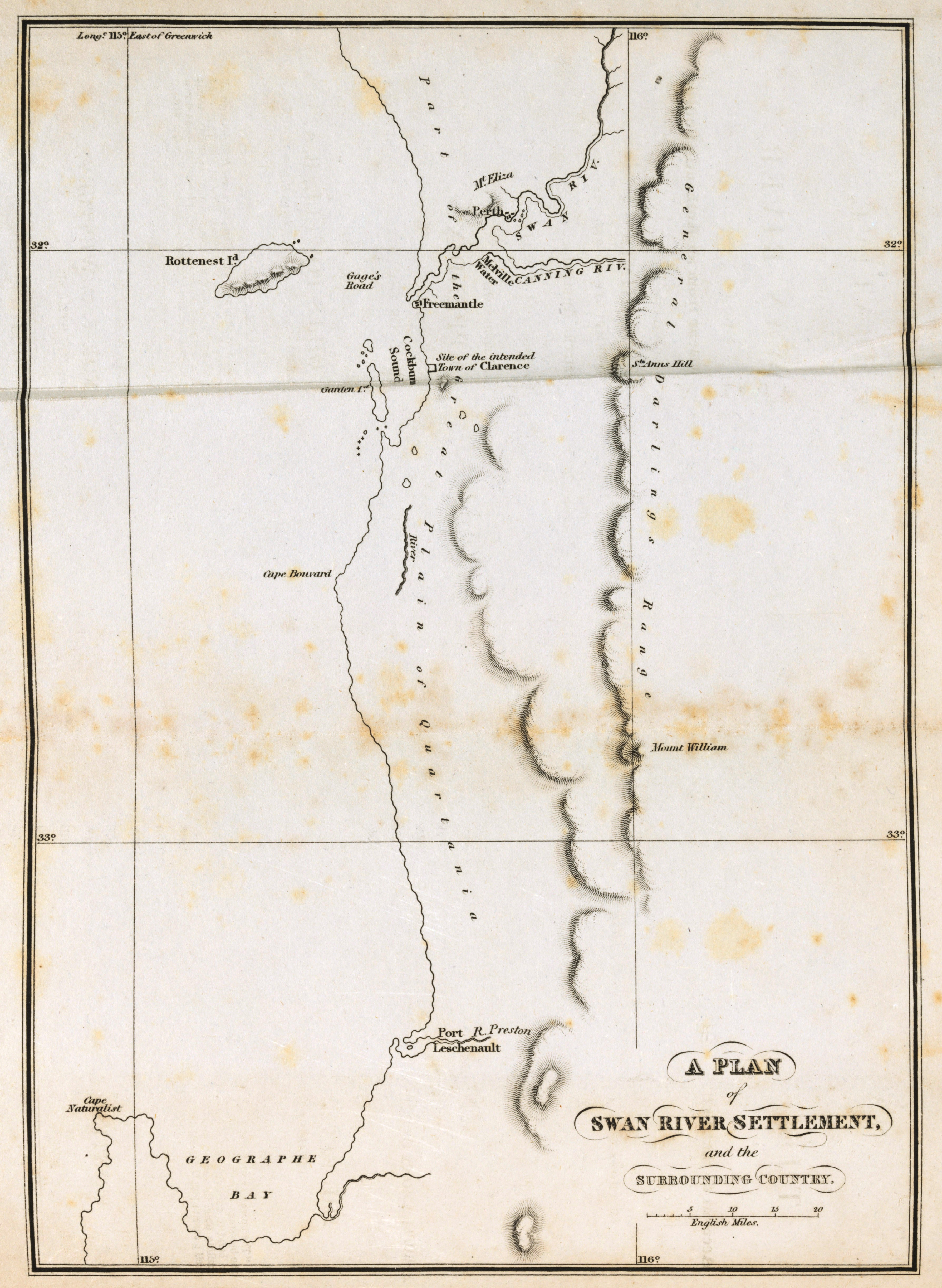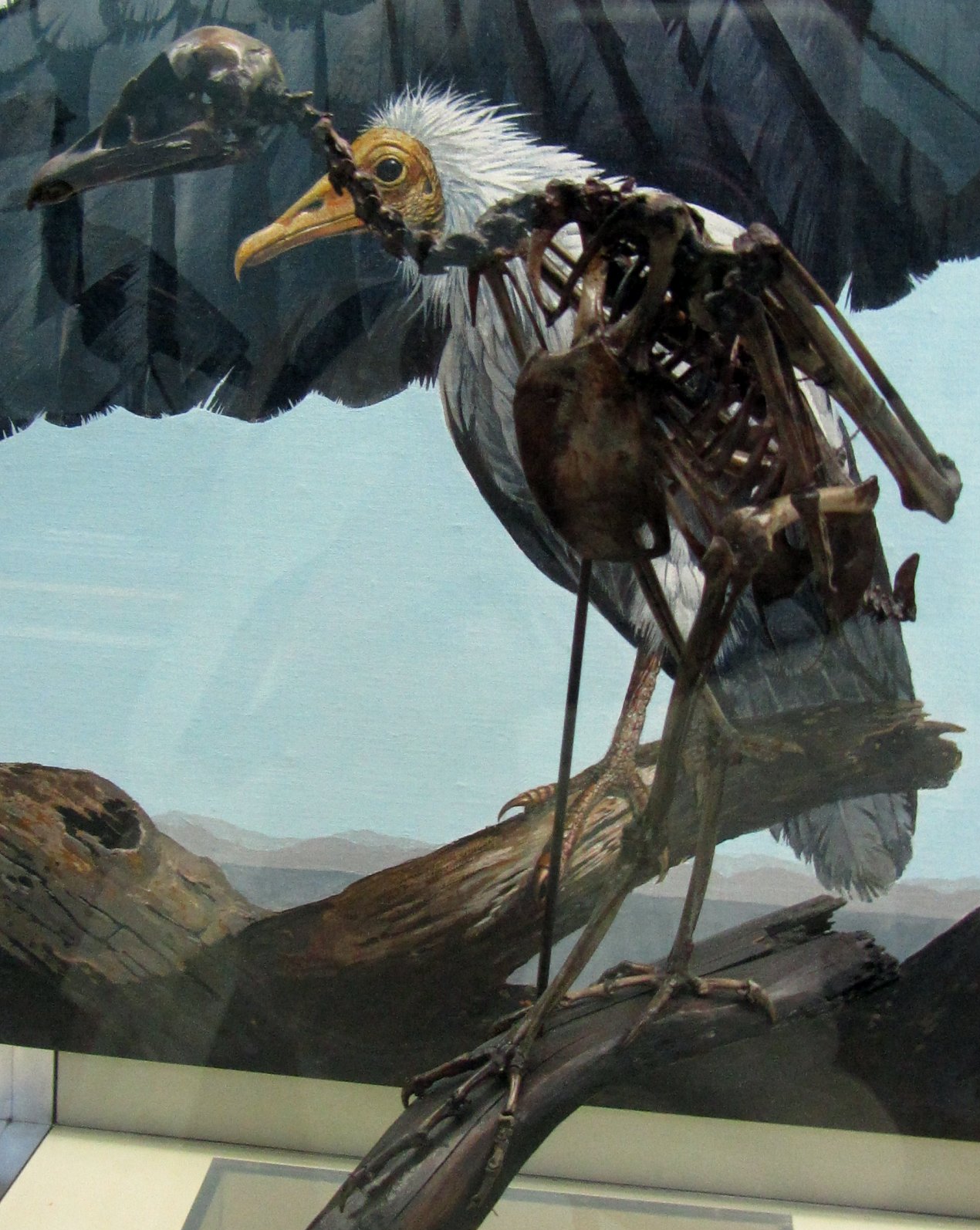|
Eastern Osprey
The eastern osprey (''Pandion haliaetus cristatus'') is a Diurnality, diurnal, piscivore, fish-eating bird of prey. They live in Oceania at coastal regions of the Australian continent, the Indonesian islands, New Guinea, and the Philippines. It is usually sedentary and pairs breed at the same nest site, building up a substantial structure on dead trees or limbs. The subspecies resides in a habitat close to coasts and estuary, estuaries that provide opportunities for fishing. In 2022, it was considered a defunct species by the IOC, due to its low genetic divergences and absence in morphological differences. The eastern osprey's diet consists mostly of vertebrate fish species. It possesses specialised physical characteristics and exhibits unique behaviour to assist in hunting and catching prey. Taxonomy A description as species ''Buteo cristatus'' was published in 1816 by the French ornithologist Louis Vieillot, which came to be cited as a subspecies or race of a widely distributed ... [...More Info...] [...Related Items...] OR: [Wikipedia] [Google] [Baidu] |
Louis Pierre Vieillot
Louis Pierre Vieillot (10 May 1748, Yvetot – 24 August 1830, Sotteville-lès-Rouen) was a French ornithologist. Vieillot is the author of the first scientific descriptions and Linnaean names of a number of birds, including species he collected himself in the West Indies and North America and South American species discovered but not formally named by Félix de Azara and his translator Sonnini de Manoncourt. He was among the first ornithologists to study changes in plumage and one of the first to study live birds. At least 77 of the genera erected by Vieillot are still in use. Biography Vieillot was born in Yvetot. He represented his family's business interests in Saint-Domingue (Haiti) on Hispaniola, but fled to the United States during the Haitian rebellions that followed the French Revolution. On Buffon's advice, he collected material for the , the first two volumes of which were published in France beginning in 1807. Vieillot returned to France for the last time in 1798, whe ... [...More Info...] [...Related Items...] OR: [Wikipedia] [Google] [Baidu] |
Pandion (bird)
''Pandion'' is a genus of fish-eating bird of prey, known as ospreys, the only genus of family Pandionidae. Most Taxonomy (biology), taxonomic treatments have regarded this genus as containing a single living species, separated into subspecies and found worldwide near water, while some treatments recognize two living species, splitting off the eastern osprey (''Pandion (haliaetus) cristatus'') from Australia and southeast Asia. Species Extinct (fossil) species: * ''Pandion homalopteron'' Warter 1976 * ''Pandion lovensis'' Becker 1985 * ''Pandion pannonicus'' Kessler 2018 References {{Taxonbar, from1=Q28240, from2=Q3893145 Pandion (bird), Bird genera with one living species ... [...More Info...] [...Related Items...] OR: [Wikipedia] [Google] [Baidu] |
Nyungar Language
Noongar (), also Nyungar (), is an Australian Aboriginal language or dialect continuum, spoken by some members of the Noongar community and others. It is taught actively in Australia, including at schools, universities and through public broadcasting. The country of the Noongar people is the southwest corner of Western Australia. Within that region, many Noongar words have been adopted into Australian English, particularly names of plants and animals. Noongar was first recorded in 1801 by Matthew Flinders, who made a number of word lists. Varieties It is generally agreed that there was no single, standard Noongar (or Nyungar) language before European settlement: it was a subgroup (or possibly a dialect continuum) of closely related languages, whose speakers were differentiated geographically and, in some cases, by cultural practices. The dialects merged into the modern Noongar language following colonisation. A 1990 conference organised by the Nyoongar Language Project Adv ... [...More Info...] [...Related Items...] OR: [Wikipedia] [Google] [Baidu] |
Swan River Colony
The Swan River Colony, also known as the Swan River Settlement, or just ''Swan River'', was a British colony established in 1829 on the Swan River, in Western Australia. This initial settlement place on the Swan River was soon named Perth, and it became the capital city of Western Australia. The name was a ''pars pro toto'' for Western Australia. On 6 February 1832, the colony was renamed the Colony of Western Australia, when the colony's founding lieutenant-governor, Captain James Stirling, belatedly received his commission. However, the name ''Swan River Colony'' remained in informal use for many years. European exploration The first recorded Europeans to sight land where the city of Perth is now located were Dutch sailors. Most likely the first visitor to the Swan River area was Frederick de Houtman on 19 July 1619, travelling on the ships and . His records indicate he first reached the Western Australian coast at latitude 32°20', which is approximately at Warn ... [...More Info...] [...Related Items...] OR: [Wikipedia] [Google] [Baidu] |
Paraphyletic
Paraphyly is a taxonomic term describing a grouping that consists of the grouping's last common ancestor and some but not all of its descendant lineages. The grouping is said to be paraphyletic ''with respect to'' the excluded subgroups. In contrast, a monophyletic grouping (a clade) includes a common ancestor and ''all'' of its descendants. The terms are commonly used in phylogenetics (a subfield of biology) and in the tree model of historical linguistics. Paraphyletic groups are identified by a combination of synapomorphies and symplesiomorphies. If many subgroups are missing from the named group, it is said to be polyparaphyletic. The term received currency during the debates of the 1960s and 1970s accompanying the rise of cladistics, having been coined by zoologist Willi Hennig to apply to well-known taxa like Reptilia (reptiles), which is paraphyletic with respect to birds. Reptilia contains the last common ancestor of reptiles and all descendants of that ancestor exc ... [...More Info...] [...Related Items...] OR: [Wikipedia] [Google] [Baidu] |
Ciconiiformes
Storks are large, long-legged, long-necked wading birds with long, stout bills. They belong to the family Ciconiidae, and make up the order Ciconiiformes . Ciconiiformes previously included a number of other families, such as herons and ibises, but those families have been moved to other orders. Storks dwell in many regions and tend to live in drier habitats than the closely related herons, spoonbills and ibises; they also lack the powder down that those groups use to clean off fish slime. Bill-clattering is an important mode of communication at the nest. Many species are migratory. Most storks eat frogs, fish, insects, earthworms, small birds and small mammals. There are 20 living species of storks in six genera. Various terms are used to refer to groups of storks, two frequently used ones being a ''muster'' of storks and a ''phalanx'' of storks. Storks tend to use soaring, gliding flight, which conserves energy. Soaring requires thermal air currents. Ottomar Ansch� ... [...More Info...] [...Related Items...] OR: [Wikipedia] [Google] [Baidu] |
Falconiformes
The order Falconiformes () is represented by the extant family Falconidae, Falconidae (falcons and caracaras) and a handful of enigmatic Paleogene species. Traditionally, the other bird of prey families New World vulture, Cathartidae (New World vultures and condors), Sagittariidae, Sagittariidae (secretarybird), Pandion (bird), Pandionidae (ospreys), and Accipitridae, Accipitridae (hawks) were classified in Falconiformes. A variety of comparative genome analyses published since 2008, however, found that falcons are part of a clade of birds called Australaves, which also includes seriemas, parrots and passerines. Within Australaves falcons are more closely related to the parrot-passerine clade than they are to the seriemas. The hawks, vultures and owls are placed in the clade Afroaves. The cladogram of the Telluraves shown below is based on the study by Josefin Stiller and collaborators published in 2024. The species numbers are taken from the December 2023 version of the list main ... [...More Info...] [...Related Items...] OR: [Wikipedia] [Google] [Baidu] |
Falconidae
The falcons and caracaras are around 65 species of Diurnality, diurnal birds of prey that make up the family Falconidae (representing all extant species in the order (biology), order Falconiformes). The family likely originated in South America during the Paleocene and is divided into three subfamilies: Herpetotherinae, which includes the laughing falcon and forest falcons; Polyborinae, which includes the spot-winged falconet and the Caracara (subfamily), caracaras; and Falconinae, the falcons and kestrels (''Falco'') and falconets (''Microhierax''). Description Falcons and caracaras are small to medium-sized birds of prey, ranging in size from the black-thighed falconet, which can weigh as little as , to the gyrfalcon, which can weigh as much as . They have strongly hooked bills, sharply curved talons and excellent eyesight. The plumage is usually composed of browns, whites, chestnut, black and grey, often with barring of patterning. There is little difference in the plumage of m ... [...More Info...] [...Related Items...] OR: [Wikipedia] [Google] [Baidu] |
Accipitriformes
The Accipitriformes (; ) are an order of birds that includes most of the diurnal birds of prey, including hawks, eagles, vultures, and kites, but not falcons. For a long time, the majority view was to include them with the falcons in the Falconiformes, but many authorities now recognize a separate order Accipitriformes. A DNA study published in 2008 indicated that falcons are not closely related to the Accipitriformes, being instead more closely related to parrots and passerines. Since then, the split and the placement of the falcons next to the parrots in taxonomic order has been adopted by the American Ornithological Society's South American Classification Committee (SACC), its North American Classification Committee (NACC), and the International Ornithological Congress (IOC). The British Ornithologists' Union already recognized the Accipitriformes, and has adopted the move of Falconiformes. The DNA-based proposal and the NACC and IOC classifications include the New World v ... [...More Info...] [...Related Items...] OR: [Wikipedia] [Google] [Baidu] |
Accipitridae
The Accipitridae () is one of the four families within the order Accipitriformes, and is a family of small to large birds of prey with strongly hooked bills and variable morphology based on diet. They feed on a range of prey items from insects to medium-sized mammals, with a number feeding on carrion and a few feeding on fruit. The Accipitridae have a cosmopolitan distribution, being found on all the world's continents (except Antarctica) and a number of oceanic island groups. Some species are migratory. The family contains 256 species which are divided into 12 subfamilies and 75 genera. Many well-known birds such as hawks, eagles, kites, harriers and Old World vultures are included in this group. The osprey is usually placed in a separate family ( Pandionidae), as is the secretary bird ( Sagittariidae), and the New World vultures are also usually now regarded as a separate family or order. Karyotype data indicate the accipitrids analysed are indeed a distinct monophyletic ... [...More Info...] [...Related Items...] OR: [Wikipedia] [Google] [Baidu] |
Pandion (mythology)
In Greek mythology, Pandion (; Ancient Greek: Πανδίων means "all-divine") may refer to the following characters: * Pandion I, a legendary king of Athens, father of the sisters Procne and Philomela. * Pandion II, a legendary king of Athens, father of the brothers Aegeus, Pallas, Nisos and Lycus. * Pandion (hero), the eponymous hero of the Attic tribe Pandionis, usually assumed to be one of the legendary Athenian kings Pandion I or Pandion II. *Pandion, an Egyptian prince as son of Aegyptus and Hephaestine. He married Callidice, daughter of Danaus who killed him during their wedding night. * Pandion, son of Phineus and Cleopatra, brother of Plexippus. He and his brother were blinded by Phineus at the instigation of their stepmother Idaea. *Pandion, from Phaistos in Crete, was father of Lamprus. * Pandion, an Achaean warrior who carried the bow of Teucer during the Trojan War. *Pandion, father of a certain Helen who consorted with Zeus and bore him a son, Musaeus. Pse ... [...More Info...] [...Related Items...] OR: [Wikipedia] [Google] [Baidu] |






